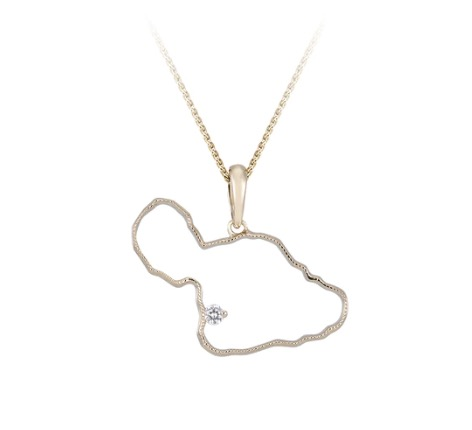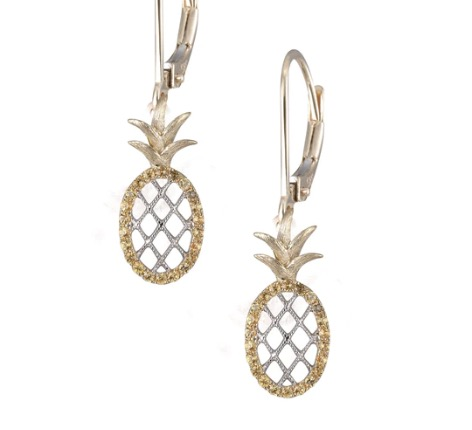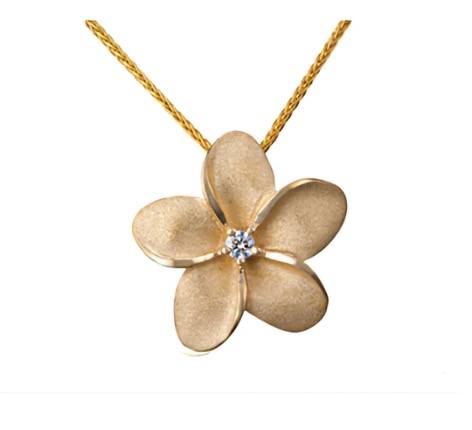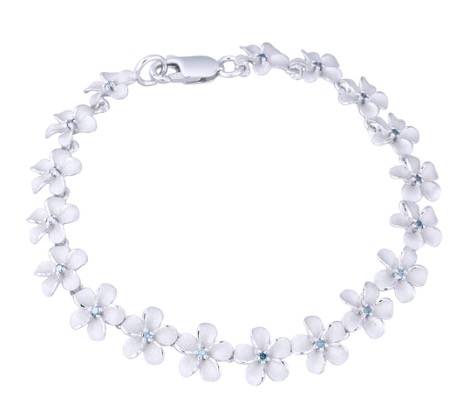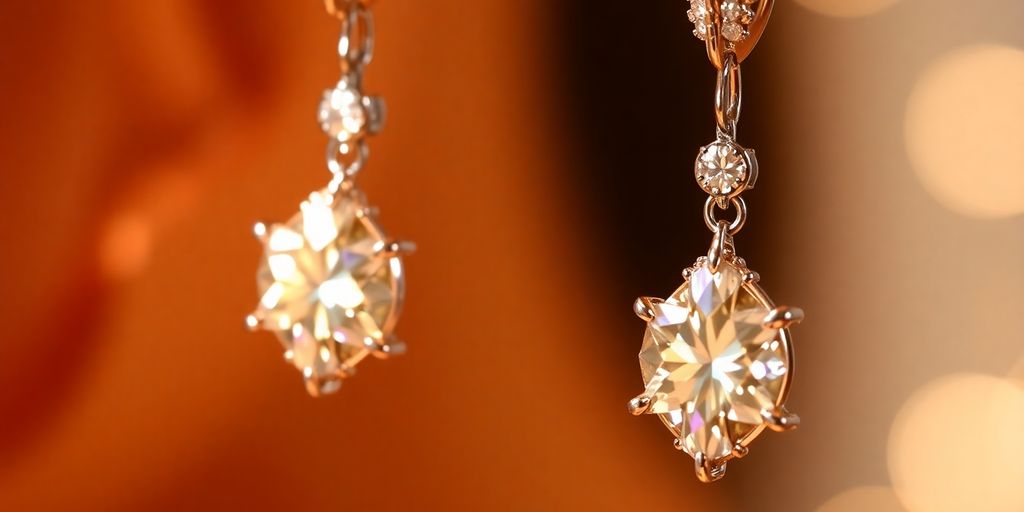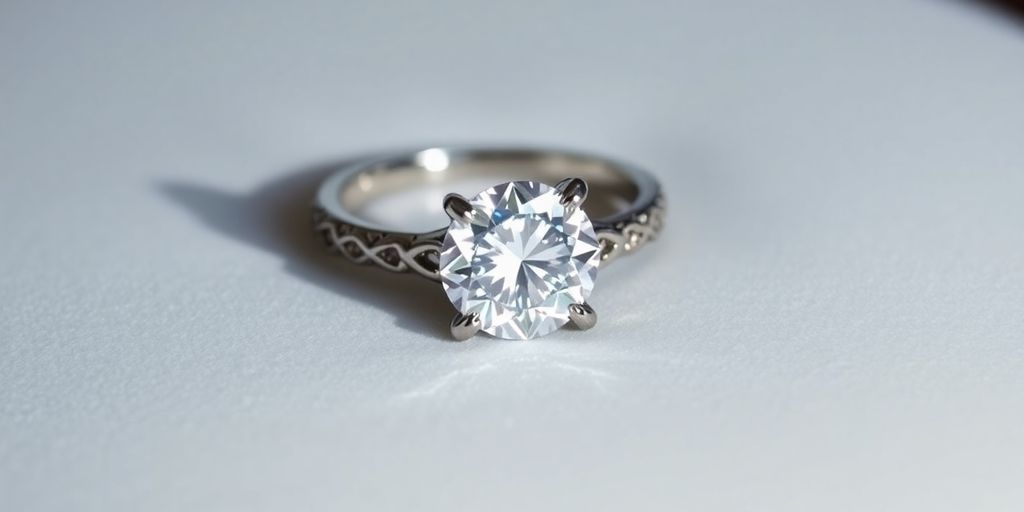Shop in these collections
Introduction to Topology and Hawaiian Earrings
Topology is a branch of mathematics that deals with the study of geometric properties and spatial relations that remain unchanged under continuous transformations, such as stretching, bending, and twisting. Hawaiian Earrings, on the other hand, are a type of topological space that has been widely used in topology research because of their unique features and complex structures. Hawaiian Earrings are named after the Hawaiian Islands, which inspired the shape of these spaces. They are made up of countably many circles of decreasing size that converge to a single point.
Key Concepts in Topology
Topology is concerned with the study of continuity, connectedness, compactness, and convergence, among other concepts. Continuous functions are those that preserve the topological structure of the space, which means that nearby points in the domain map to nearby points in the range. Connectedness refers to the property of a space that cannot be divided into two disjoint open sets, while compactness is a property that ensures that every open cover of the space has a finite subcover. Convergence is a property of sequences in the space that implies that the sequence approaches a limit point in the space.
Importance of Hawaiian Earrings in Topology
Hawaiian Earrings have been used in topology research to study fundamental concepts such as homotopy, covering spaces, and CW complexes, among others. Their unique features and complex structures make them ideal for investigating the properties of topological spaces. Hawaiian Earrings have also been used to study the Poincaré conjecture, one of the most famous unsolved problems in topology.
Covering Space of Hawaiian Earring
Definition of Covering Space
A covering space is a topological space that maps onto another space, called the base space, in a way that preserves the local topology. In other words, a covering space is a space that locally looks like the base space, but may have a different global structure. The covering space is said to cover the base space.
Applying Covering Space to Hawaiian Earrings
Covering spaces have been used to study Hawaiian Earrings by providing a way to understand the global topology of the space. For example, the universal covering space of the Hawaiian Earring is an infinite tree with countably many branches. The covering space allows us to study the fundamental group of the Hawaiian Earring, which is a group that measures the number of holes in the space. The fundamental group of the Hawaiian Earring is non-abelian, which means that it does not satisfy the commutative property.
Significance of Covering Space in Hawaiian Earring Topology
The use of covering spaces has been instrumental in understanding the topology of Hawaiian Earrings. Covering spaces provide a way to understand the global structure of the space by studying the local topology. The universal covering space of the Hawaiian Earring has been used to study the fundamental group of the space, which is a key concept in topology research.
Hawaiian Earring Cones
Understanding Cones in Topology
A cone is a topological space that is obtained by taking a space and attaching a line segment to a single point, called the apex. The resulting space has the shape of a cone, with the apex as the tip of the cone and the base as the space that was attached to the apex.
Formation of Hawaiian Earring Cones
Hawaiian Earring Cones are formed by taking the Hawaiian Earring and attaching a cone to each circle in the space. The resulting space has the shape of a sphere with countably many cones attached to it. The cones are attached to the circles in a way that preserves the topology of the space.
Role of Cones in Hawaiian Earring Topology
The cones in the Hawaiian Earring play a crucial role in the topology of the space. They provide a way to understand the local structure of the space around each circle. The cones also allow us to study the fundamental group of the space by providing a way to understand the loops around each circle.
Hawaiian Earring CW Complex
Defining CW Complexes
A CW complex is a topological space that is built up from cells of increasing dimension. The cells are attached to each other in a way that preserves the topology of the space. A 0-cell is a point, a 1-cell is a line segment, a 2-cell is a disk, and so on.
Hawaiian Earring as a CW Complex
The Hawaiian Earring can be viewed as a CW complex with countably many 1-cells attached to a single 0-cell. The 1-cells correspond to the circles in the Hawaiian Earring, and the 0-cell corresponds to the point at which the circles converge.
Implications of CW Complexes in Hawaiian Earring Topology
The use of CW complexes has been instrumental in understanding the topology of the Hawaiian Earring. The Hawaiian Earring can be viewed as a CW complex with countably many 1-cells, which allows us to study the topology of the space using algebraic tools such as homology and cohomology.


